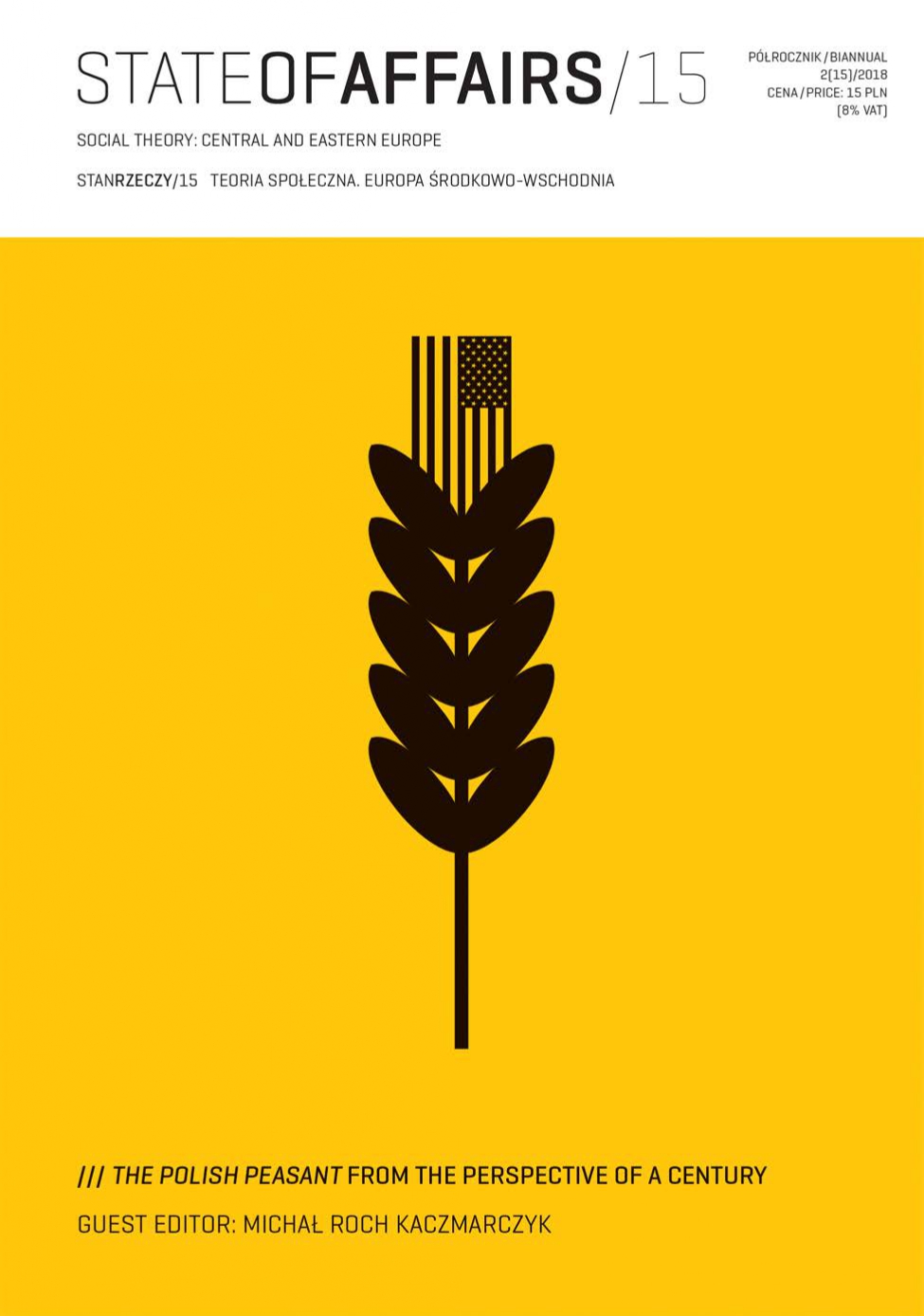
We kindly inform you that, as long as the subject affiliation of our 300.000+ articles is in progress, you might get unsufficient or no results on your third level or second level search. In this case, please broaden your search criteria.


The aim of this article is to reread The Polish Peasant in Europe and America as a representation of the fears and modernisation fantasies of its era. I analyse the patterns of gendered family relations and ideals of femininity and masculinity constructed by Thomas and Znaniecki within the framework of rural–urban discourses. As I will show, in The Polish Peasant we find huge contradictions between the liberal and conservative perspectives presented. On the one hand, the authors introduce the concept of “organisation – disorganisation – reorganisation,” which is supposed to be scientific and thus non-ideological. On the other hand, the authors’ patterns of interpreting empirical data show numerous gender bias and patriarchal schemes. As a result, the authors create an opposition in which whatever is rural is the cradle of authenticity, of naturalised national and gendered family values, and whatever is urban is dangerous and demoralising due to escaping the former strong rural social control. In The Polish Peasant the authors thereby construct the “morally healthy” model of a national and patriarchal rural community of families untouched by individualisation and women’s emancipation. Such a model had a patriarchal division of gender roles within a religiously devout, strong (meaning indissoluble), multi-generational family. In The Polish Peasant we can find both a nostalgia – which was typical of its era – for a “pre-modern,” rural, conservative civilisation, and worry about the moral health of women in the urban world. However, it is an ambivalent nostalgia accompanied by a conviction of the inevitability of social change.
More...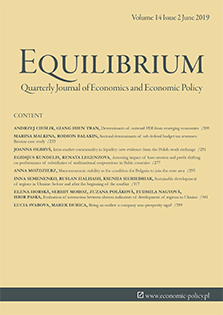
Research background: Sustainable development is the agenda for many countries including Ukraine, which adopted it at the national level and promoted through its regions. As the country is constantly struggling with the results of the military conflict and the impact of the occupation of its part by separatists, which led to economic decrease and emergence of numerous social and environmental issues, the transition of Ukraine to sustainable development path becomes especially important. At the same time, there is no official methodology adopted by the Ukrainian government, how to assess sustainable development of its regions. Availability of objective assessments would contribute to development of the relevant policy recommendations. Purpose of the article: The purpose of the article is to assess sustainable development of the regions in Ukraine and to show the dynamics of performance of the regions before and after the beginning of the military conflict in the East of Ukraine. Methods: We suggest the methodology of calculation of the integral index of sustainable development of the regions in Ukraine. This methodology takes into account the three pillars of sustainable development concept (economic, social and environmental) and uses the data available for all Ukrainian regions from the official statistics source. In order to determine the position of individual regions in the development of the Ukrainian economy and to identify certain groups of regions according to their level of sustainable development, we apply the method of statistical grouping. Findings & Value added: The conducted analyses showed the dynamics of indicators of sustainable development of the Ukrainian regions, the performance of the regions and their affiliation to the corresponding attributive groups. The situation and interrelation of the regions in Ukraine totally changed after the beginning of the military conflict in the East of Ukraine. The Luhansk and Donetsk regions, which are directly affected by the military conflict, became the outsiders among other regions in Ukraine, though before the conflict the values of sustainable development indicators had been above the average values in Ukraine. The leaders among the regions also changed, and the difference between the leaders and the following groups became significant. The results of the analyses allowed to visualize the dynamics of sustainable development of the regions in Ukraine and define the key directions for future development.
More...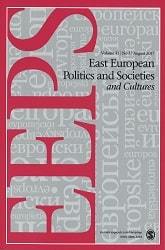
Investment in an “education with an edge” in the form of costly extracurriculars is a growing phenomenon in urban post-socialist Romania. To a certain extent, this is a typical strategy of middle-class reproduction, more intensely pursued in contexts where middle-class reproduction is imagined as uncertain. However, in a post-socialist context, a sense of fragility permeates both the experience of the present and imaginings of the future. Despite its political idealisation and programmatic support, Romania’s middle class remains of modest dimensions and is extending itself to live a “good enough life.” Parents’ realisation that their children might experience even more difficulties than themselves prompt them to use their economic capital to acquire as many and varied cultural and social resources as possible. An ethnographic investigation of this experience from both the parents’ and children’s perspectives throws light on the ongoing processes of class formation under post-socialist conditions of possibility.
More...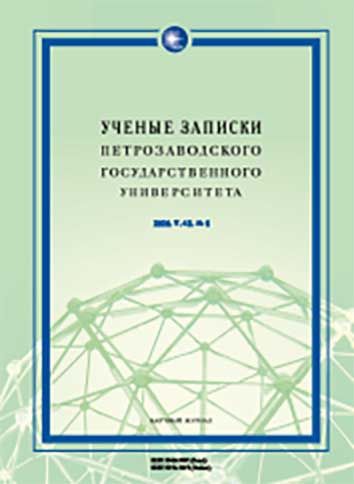
The study presents the history of constructing a church complex in Nimenga settlement from the Onezhsky district of the Arkhangelsk region, one of the understudied objects of Russian wooden architecture. The paper analyzes previously unpublished archival sources of the XIX century dealing with the construction of the first wooden churches (the Church of the Annunciation and the Church of the Transfiguration), two cemetery chapels, and Yudmozero Church of the Theotokos of Tikhvin (1863) in the Nimenga Parish of the Onega uyezd (Arkhangelsk province). The study is also based on the on-site field inspections of the preserved historical objects – the Church of the Transfiguration (1878) and the bell tower (1764), which enabled the authors to graphically recreate the original appearance of these objects. As a result, the authors introduced new factual data to the academic community, traced the construction timeline, described the specific architectural features of the studied objects, and made conclusions about the full construction history of the Nimenga church complex between the XVII and the XIX centuries.
More...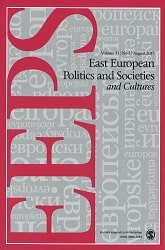
This article explores ways in which Habsburg nostalgia has become an important factor in contemporary place-making strategies in the city of Chernivtsi, Western Ukraine. Through the analysis of diasporic homecomings, city center revitalization, and nationalist rhetoric surrounding the politics of monuments, I explore hybrid and diverse ways in which Habsburg nostalgia operates in a given setting. Rather than a static and homogenous form of place attachment, in Chernivtsi different cultural practices associated with Habsburg nostalgia coexist with each other and depending on the political context as well as the social position of the “nostalgic agents” manifest themselves differently. Drawing from my long-term ethnographic fieldwork, I argue that in order to fully understand individuals’ attachment to space, it is necessary to grasp both the subtle emotional ways in which the city is experienced by individuals as well as problematize the role of the built environment in the visualization of collective memory and emotions of particular groups. The focus on changing manifestations of the Habsburg nostalgia can bring then a better understanding of the range and scope of the city’s symbolic resources that might be mobilized for various purposes.
More...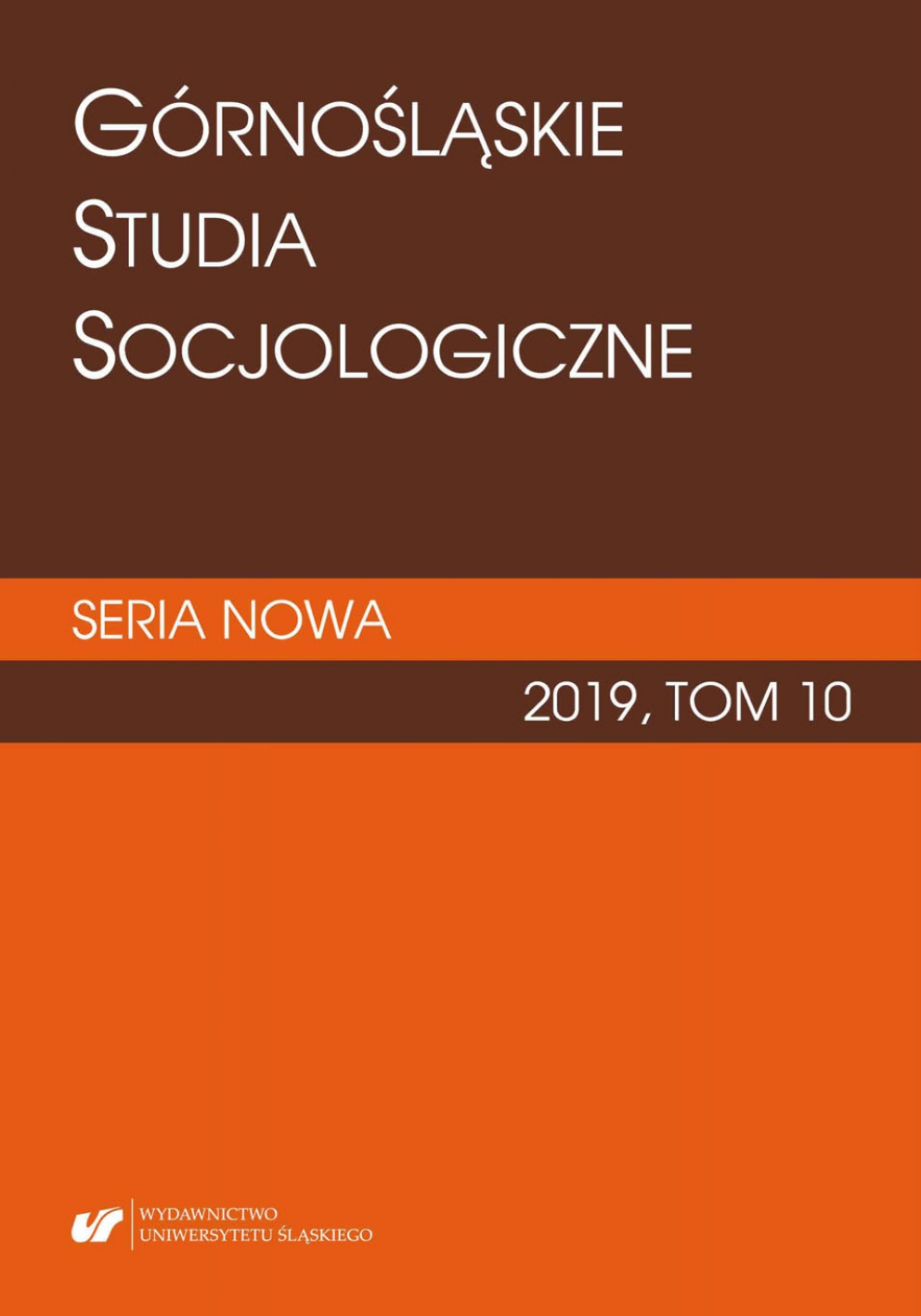
This article is an attempt at synthetic description of the change of the paradigm in French public policy aimed at counteracting poverty. For this purpose, we took into consideration urban policy regarding unemployment in French priority districts. First of all, we present a brief outline of the history of urban policy in France. Secondly, are being presented the relationship between poverty and employment, as well as various concepts of poverty in French sociology. Thirdly, we characterize the most important poverty paradigms that have guided French social policy since the end of the Second World War. Finally, we present the most important tendencies in the current urban policy focused on employment in the French priority districts, showing that they are a part of the neo-liberal paradigm, emphasizing the independence and autonomy of the individual.
More...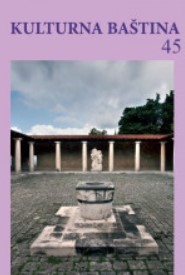
The authors of this paper address the iconographic program of the former Monumental Fountain, which in 1947 was removed from the Split waterfront. The Fountain was erected while Antonio Bajamonti, a proponent of the Autonomous Party, was mayor, and it was put into operation in 1888. This paper is the first to bring forth a Croatian translation of a propaganda leaflet from 1880 which contains a description of Bajamonti’s iconographic program for the fountain. The translated leaflet serves to supplement the existing research on the artistic and ideological ideas which this renowned mayor of Split and a proponent of the autonomous political faction wanted to achieve through the fountain, erected at his initiative. The article brings forth a detailed analysis of Ceccon’s sculpture of a young man, a putto (a figure resembling an angel), dolphins, nereids, sirens/nymphs, and tritones. The paper points out Bajamonti’s complex iconographic program, never before analyzed in the relevant literature, and consequently never valorized either. This complex iconographic program reveals the humanistic educational concept of the time, as well as the humanistic worldview of the initiator of the Fountain’s construction, his respect for education and his aspirations for the revitalization of Split in the moral, economic, intellectual, and aesthetic senses.
More...
Review of: JASENKA KRANJČEVIĆ - „SPLITSKE VODE U PROŠLOSTI“ BY STANKO PIPLOVIĆ (Izdavač: Društvo prijatelja kulturne baštine Split, Split Autor: Stanko Piplović Urednica: Karmen Hrvatić Recenzenti: dr. sc. Jasenka Kranjčević, dr. sc. Katja Marasović, Godina izdanja: 2019., Broj stranica: 148, ISBN 978-953-7698-07-2, Tvrdi uvez)
More...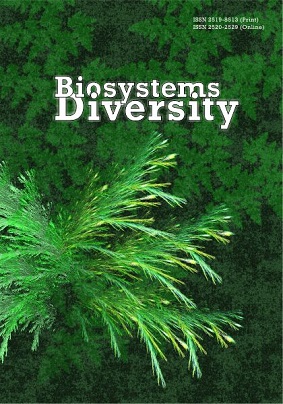
Hemeroby is an integrated indicator for measuring human impacts on environmental systems. Hemeroby has a complex nature and a variety of mechanisms to affect ecosystems. Hemeroby is often used to assess disturbances in different vegetation types but this concept has seldom been evaluated for animals. The role of the hemeroby gradient in structuring the soil macrofauna community was investigated. The experimental polygon was located in Botanical Garden of the Oles Honchar Dnipro National University (Dnipro City, Ukraine). There were 20 sites within the polygon. On each of them at 105 points samples of soil macrofauna were taken, soil penetration resistance, electrical conductivity of soil, depth of litter, height of grasses were measured. Within each site, a description of the vegetation cover was made. Based on the description of the vegetation, an indication of the level of ecosystem hemeroby within the polygons was conducted. In total, 48,457 invertebrate (Annelida, Arthropoda, and Mollusca) individuals of 6 classes, 13 orders, 50 families and 83 species or parataxonomic units were recorded. Phytoindication reveals that the level of hemeroby within the studied polygons varies from 34.9 to 67.2. The model V and VI from the HOFJO-list were the most optimal model of the species response to hemeroby gradient. The weighted average factor value was used to assess the optimal factor level for the species in a symmetrical bell-shaped response model. The optimal factor level of the hemeroby for the soil macrofauna species ranges from 34.9 to 66.0. Species also differ in degree of specialization to the factor of hemeroby. There was a regular change in the soil macrofauna community size and diversity in the hemeroby gradient. The limiting influence of anthropogenic transformation of the environment on the abundance of soil macrofauna community is clearly marked at the level of hemeroby above average. Species diversity of the community is greatest at moderate hemeroby level. Both relatively little transformed habitats and strongly transformed ones are characterized by lower species richness of the soil macrofauna community. The Shannon index shows a clear upward trend with increasing hemeroby. The Pielou index indicates that the main reason for this trend is an increase in community evenness with increasing hemeroby. The intermediate disturbance hypothesis was fully supported with respect to species richness. For the number of species, there is indeed a certain level of heterogeneity at which the number of species is highest. For another aspect of diversity, evenness, this pattern is not true. The evenness increases with increasing habitat disturbance. This result is due to a decrease in the abundance of dominant species.
More...
Woody plants, as an important element of optimization of the urban environment, respond negatively to the ever-increasing technogenic pressure in cities. Therefore, it is necessary to assess their vital status, the most sensitive indicator of which being the content of plastid pigments.In this article we analyze the effects of multicomponent contamination on quantitative fluctuation of the level of photosynthetic pigments in the leaves of woody plants and identify sensitive species for the purpose of phytoindication in order to assess the state the environment is currently in. For the purposes of our research we chose the most widespread tree species in the city of Dnipro (Steppe zone of Ukraine), growing in the area of intensive industrial pollution and high levels of emissions by vehicles. We determined the content of photosynthetic pigments (chlorophylls a and b, a + b, carotenoids) in the leaves of woody plants during different months of the growing season (June, July, August) and afterwards this data was used to compare the given parameters against the values taken from trees in the control area. The sum of chlorophyll levels a + b for the majority of plants was decreasing compared to the control. A more significant decrease in the content given by the sum of the a and b chlorophyll levels is observed in the assimilation organs of Aesculus hippocastanum L., Pinus pallasiana (D. Don) and Picea abies(L.) H. The most significant changes in the content of pigments in the leaves of plants under study were detected at the end of the growing season (in August). The content of green pigments in the leaves of Robinia pseudoacacia L., Platanus orientalis L. remains virtually unchanged. Under the influence of multicomponent contamination, the amount of pigments in the case of chlorophyll a in the majority of woody plant species decreases more rapidly compared to the control than in the case of chlorophyll b. The most noticeable drop in the content of chlorophyll a occurs in the leaves of Betula pendulaRoth, Ae. hippocastanum, P. pallasiana, Acer platanoidesL. and Tilia cordata Mill. The needles of P. abies and Picea pungens Engelm. 'Glauca’ on the contrary suffer from a significant reduction in the concentration of chlorophyll b. The species most resistant to multicomponent contamination in terms of changes in the content of chlorophyll in the leaf blade are R. pseudoacacia, P. orientalis. The concentration of carotenoids in the leaves of plants such as B. pendula, Ae. hippocastanum, A. platanoides, T. cordata, P. abies is lower than that of species growing in the relatively clean zone. The concentration of pigments in Populus alba L., P. pungens 'Glauca’ was higher during all of the months elapsed since the beginning of our study, whereas Ulmus laevis Pall., P. orientalis and R. pseudoacacia – had their concentrations reach an all time high in the second half of the growing season. Therefore, the peculiarities of quantitative fluctuation of photosynthetic pigments in plants, which are characterized by the variable resistance ability against the effects of technogenic multicomponent contamination, have been identified.
More...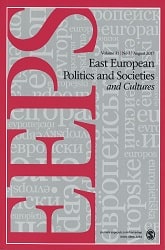
The city of Łódź in central Poland has witnessed de-industrialisation and urban decay. Often tagged the Polish Manchester on account of its former prominence in textiles, the city has struggled to reinvigorate itself in the post-socialist period. Focusing on the post-1999 period, this paper examines how narratives of “Europeanisation” and “multiculturalism” have been promoted to legitimate current efforts to regenerate the city. It is argued that new moral geographies are being constructed, in part, through a selective reading and exploitation of the city’s past as well as through wider socio-economic processes, which have a detrimental impact on sections of the city’s population. The final part of the paper highlights how the dissonant heritage of the city offers possibilities for more inclusive “revitalisation.”
More...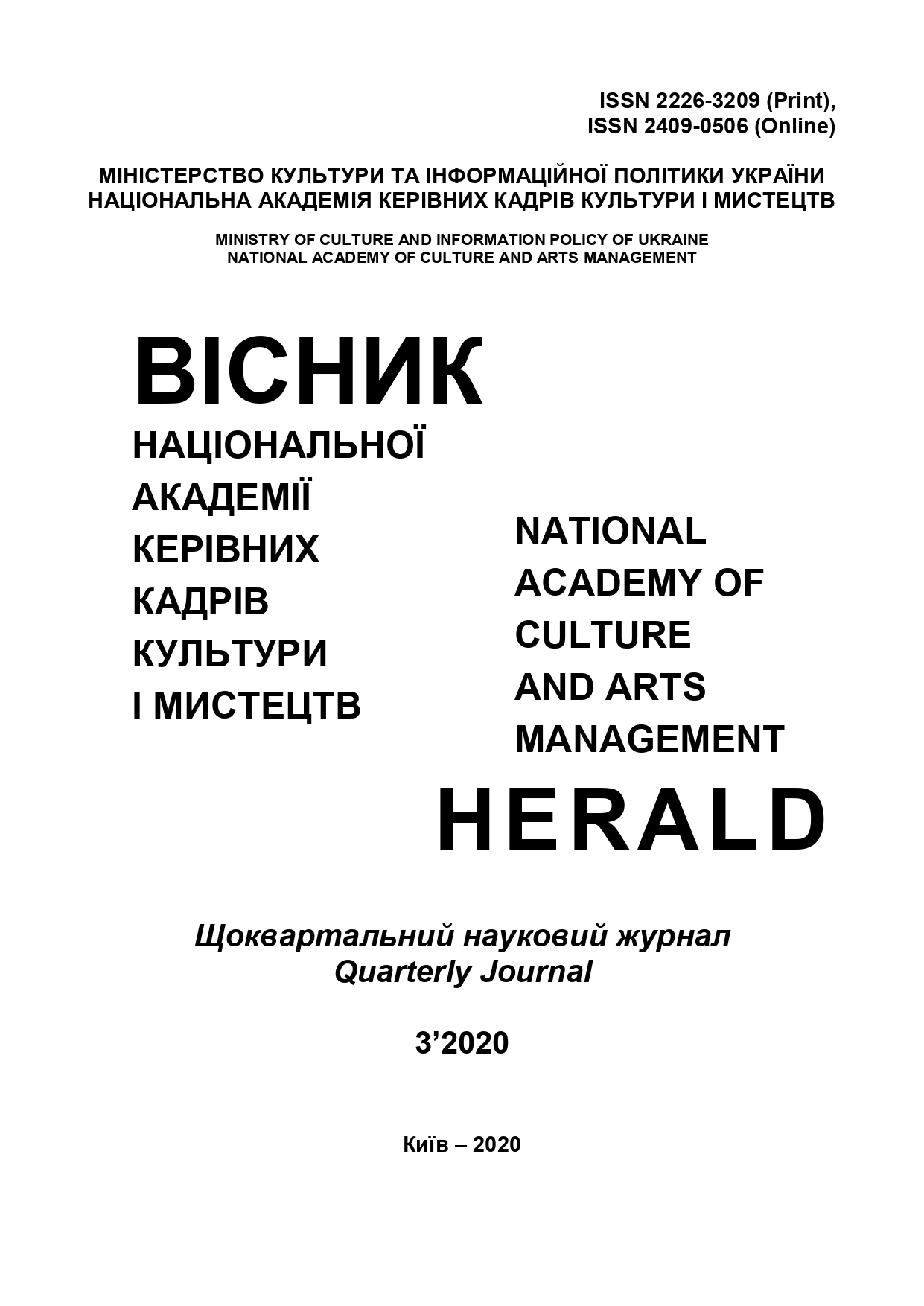
The purpose of the article. Is to study the use of socio-cultural space of the city in tourism. The methodology involves the use of historical, bibliographic, and analytical methods. The scientific novelty of the work is to substantiate the feasibility and application of a new concept of socio-cultural space of the city, which plays a major role in the status of the city, its location, landscape features, cultural monuments, historical past. Conclusions. It is determined that the urban space reflects the processes of modern cultural reality and is expressed in the artifacts of urban life, objects of tourist display. It is proved that for the consumption of tourist services the modern tourist industry forms territorial city brands. Using attractive images and historical and socio-cultural objects that provide the traveler with the opportunity to freely navigate in obtaining new experiences that contribute to the uniqueness and originality of the city.
More...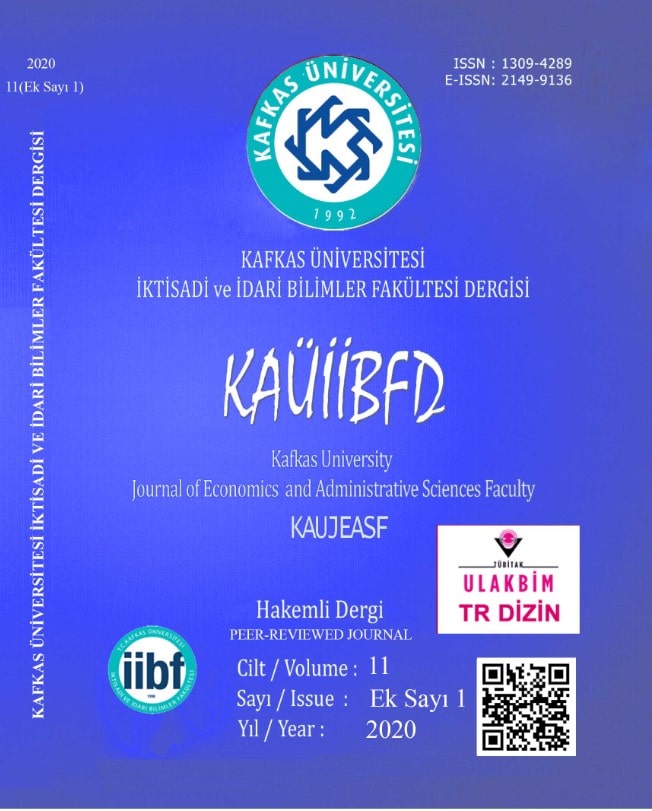
The relationship between Islam and the city can be easily grasped as Medinacentred Islamic state and its successors adopted a city-oriented civilization. Nevertheless, early urban studies focused on European cities and neglected non-European settlements; this hindered analyses of Islamic cities. After Weber’s the City, Euro-centrism dominated the field of urban studies. Cities of ‘the East’ were ignored due to the ‘lack’ of political autonomy and civil society. Furthermore, Weber defined these cities as monolithic settlements without any autonomy or urban identity. This paved the way for a concept of Islamic City, which is essentially Weberian and Self-Orientalist. Some researchers looked for Islamic counterparts of Weber’s categories, claiming that Islamic cities also possessed physical environment and autonomous institutions of European cities, so they did not actually rejected Weber’s Euro-centrism. This study emphasizes the close relationship between Islam and urbanization and comparatively evaluates both Orientalist and Self-Orientalist approaches of ‘Islamic city’.
More...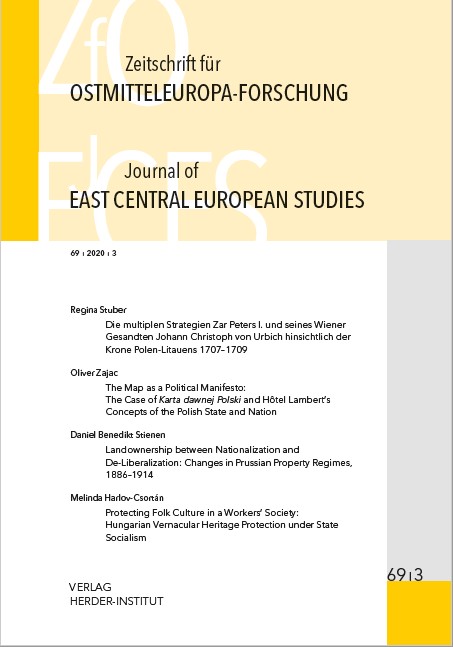
Review of: Daniel Morat - Sounds of War and Peace. Soundscapes of European Cities in 1945. Hrsg. von Renata Tańczuk und Sławomir Wieczorek. (Eastern European Studies in Musicology, Bd. 10.) Peter Lang. Bern u. a. 2018. 268 S., 29 Ill. ISBN 978-3-631-75336-1. (€ 59,95.)
More...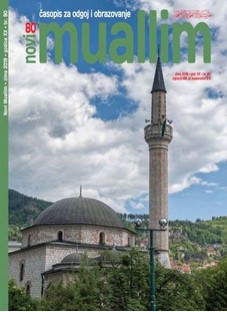
Review of: Mirnes Kovač - Salem Dedović, Mostarski vakufi od 1931. do 2013. godine, Islamska zajednica u BiH: Vakufska direkcija Sarajevo, Muftijstvo Mostarsko i Medžlis IZ Mostar, Sarajevo-Mostar, 2019. godina, 208 str.
More...
Mahala pod nazivom Grad najmanja je mahala u Srebrenici krajem 19.stoljeća. Nalazi se na planinskom grebenu koji se sa platoa Pribićevac pruža sve do središta grada Srebrenice. Pored malobrojnosti kuća i stanovnika Grad mahalu karakterizira i njezina smještenost između dvije stare srebreničke utvrde. U radu prezentiramo i analiziramo podatke o historijskim, demografskim, vlasničkim, urbanističkim i drugim društveno-historijskim činjenicama bitnim za ovu mahalu, te detaljan prikaz svih kuća Grad mahale na kraju 19. stoljeća. Interpretiraju se podaci o familijama ove mahale na razmeđu 19. i 20. stoljeća. Kao izvor služe do sada nekorišćeni podaci sa kraja 19. stoljeća. Radi se o katastarskim planovima iz 1883. i 1885. godine, topografskoj karti iz 1887. godine i gruntovnim knjigama iz 1894. godine pa nadalje.
More...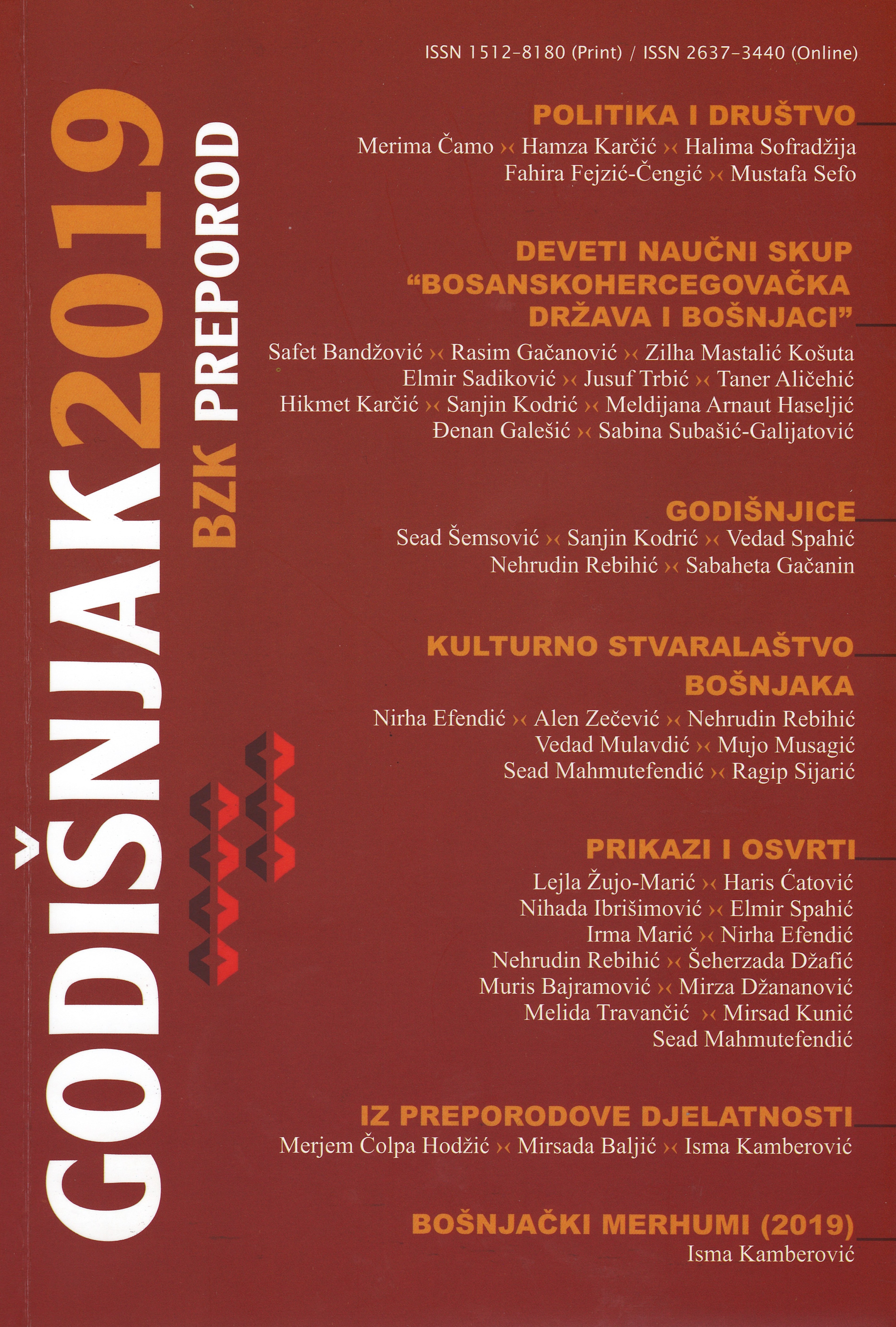
After the WWI, Bosnia-Herzegovina is becoming part of the new state union, Kingdom of Serbs, Croats and Slovenes, later the Kingdom of Yugoslavia. Expectations and hopes of poor B&H population, that the new monarchist state would bring prosperity soon were replaced by social resignation caused by relatively unsuccessful agrarian reform and huge world economic crisis, which rapidly decreased existential conditions of majority of population, both in towns and in villages.A rural resources redistribution through land reform was marked by the violent and unjust seizure of property by the Muslim population, leading to economic imbalance, conflicts, social tension, and different conditions and lifestyles in the countryside.The sharp exploitation of the peasants by the usurers, the constant weakening of the economic fundamentals of the country mediated by the interests of the ruling class, the change of ownership structure and small holdings that produced only to meet basic living needs, forced the peasants to find new additional sources of income. One part of the rural population migrates to towns searching for jobs in the industry, while the other part moves to European and overseas industrial centers. Although in this period there have not been mass migrations from villages to towns, the fact is that the time between wars is characterized by "rural logic", which caused tensions between villages and towns. During this historical period, with the spatial turmoil on the village-city relationship, some processes repeating in BiH reality have been observed which relate to the disposal of property belonging to Bosnia and Herzegovina through violation of law perpetrated by the institutions of the Republika Srpska Entity. The short text provides an overview of the consequences of agrarian reform through a series of (un) legal solutions that leave no room for restitution.
More...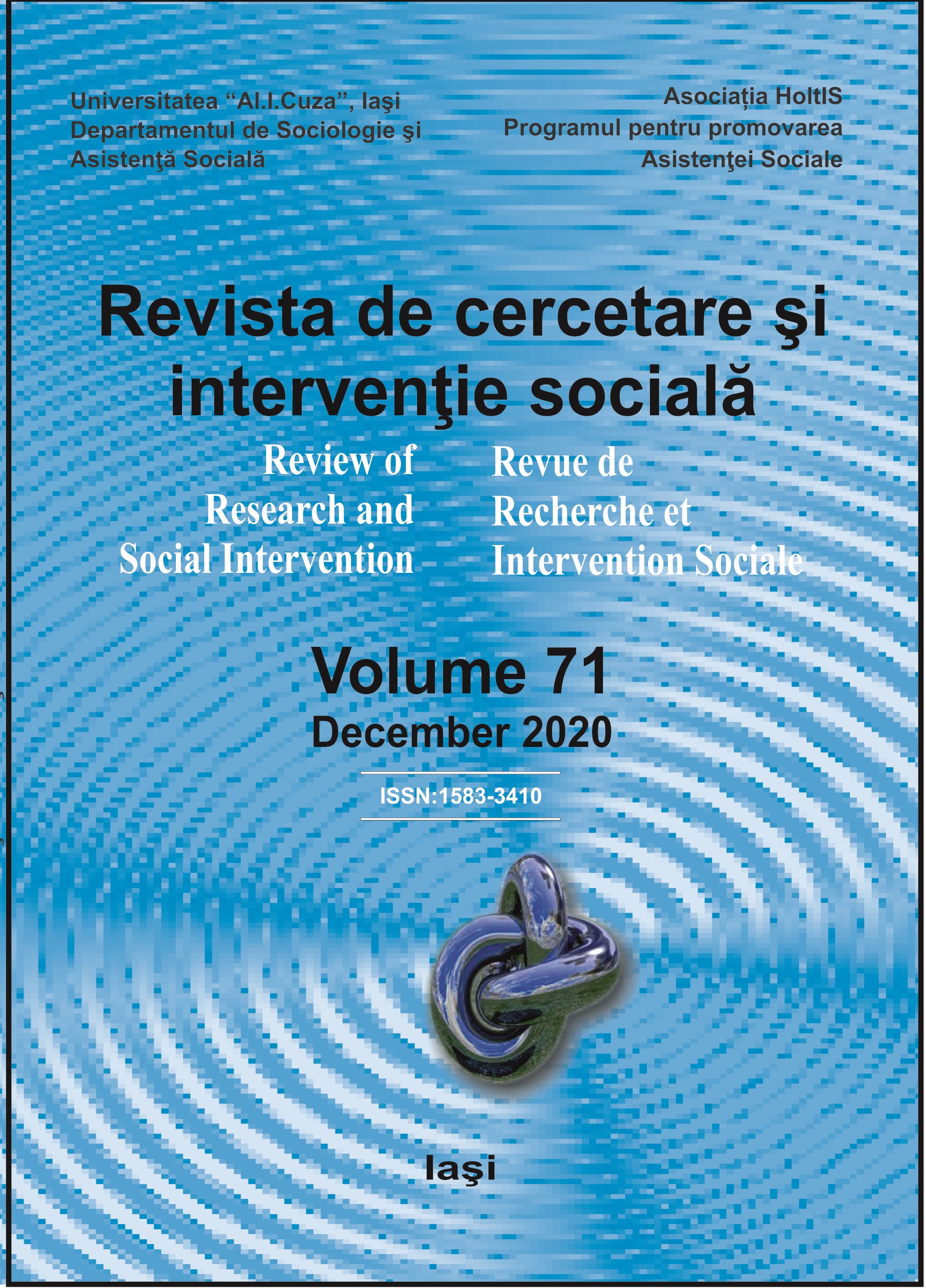
Agricultural enterprises can establish and maintain good relationships with external stakeholders by fulfilling their own CSR, and obtain key external knowledge and important external resources through these relationship channels, and then realize their own technological innovation and promotion. At the same time, relevant management personnel of agricultural enterprises should pay attention to the issue of CSR input intensity in the process of fulfilling CSR, and should try to avoid getting into relationships with these stakeholders due to excessive reliance on CSR to meet the demands of relevant external stakeholders. In this way, it brings unnecessary costs to the technological innovation activities of enterprises, and ultimately leads to the reduction of innovation efficiency and performance. This article puts forward the research on the impact of agricultural corporate social responsibility on the continuous innovation of the enterprise itself. Agricultural enterprises are considering CSR as a means to promote corporate technological innovation and are investing in it. Relevant managers must first think about whether there are some inert factors in the company, including outdated organizational processes and organizational practices. Once such inert factors are discovered, in order to ensure that the company's investment in CSR can finally be effectively transformed into corporate technology Innovative performance, it is necessary for relevant managers to take some targeted actions in the specific practice process to overcome the negative effects of these inertia factors.
More...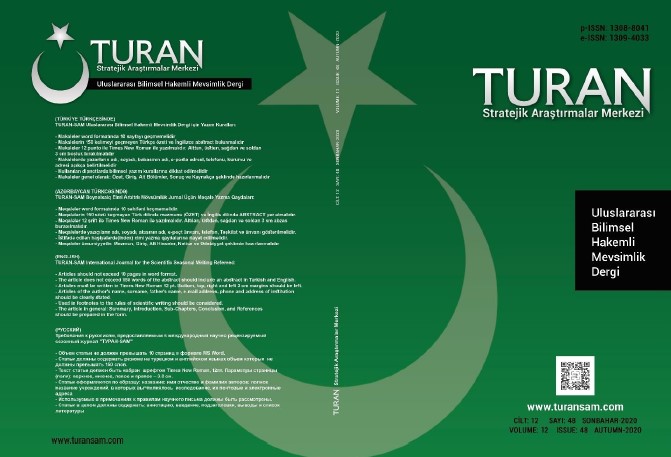
The increase in the commercial relations of the countries in the global economy has caused the rapid development of various industries. The aviation sector is one of these industries. According to the International Civil Aviation Organization (ICAO), it expects its emissions from the aviation sector to approximately triple by 2050. Carbon emissions in the transportation sector increase climate change concerns in institutions and organizations on a micro and macro basis. In recent years, especially in EU countries, policy steps have been taken to reduce the emissions caused by some sectors. In this context, environmental management policies of institutions and organizations in the aviation sector come to the fore. The aim of the study period 1990-2018 carbon emissions resulting from the aviation sector for Turkey (CO2) is examined in the context of the environmental Kuznets hypothesis. According to the findings obtained from the empirical analysis, it has been determined that there is a quadric relationship between per capita income and carbon emission. According to this result, it is estimated that the per capita income increases the CO2 emissions from the aviation sector and decrease after a certain threshold point ($ 27265). These results Environmental Kuznets Curve for Turkey in the period under review shows that the hypothesis is valid. Finally, it has been found that urbanization has a positive effect on CO2 emissions.
More...